Though the accepted answer works, it creates a new 32bpp ARGB image from the indexed bitmap.
To manipulate indexed bitmaps directly you can use this library (alert: shameless self promotion). Its GetReadWriteBitmapData extension allows creating a writable managed accessor even for indexed pixel formats.
And then you can use one of the DrawInto methods that can be used similarly to Graphics.DrawImage. Of course, as the target bitmap is indexed, the drawing operation must quantize the pixels using the target palette colors but there are a sort of overloads that can use dithering to preserve more image details.
Usage example (see more examples in the links above):
using (IReadWriteBitmapData indexedTarget = myIndexedBitmap.GetReadWriteBitmapData())
using (IReadableBitmapData source = someTrueColorBitmap.GetReadableBitmapData())
{
// or DrawIntoAsync if you want to use async-await
source.DrawInto(indexedTarget, targetRect, OrderedDitherer.Bayer8x8);
}
Image examples:
All images below had been created with PixelFormat.Format8bppIndexed format with the default palette, and a 256x256 icon and an alpha gradient rainbow were drawn on top of each other. Note that blending is used as much as possible with the available palette.
Disclaimer: Of course, the library has also some limitations compared to Graphics, for example there are no shape-drawing methods. But in worst case you still can use the accepted answer, and then call the ConvertPixelFormat method in the end if you need to produce an indexed result.


